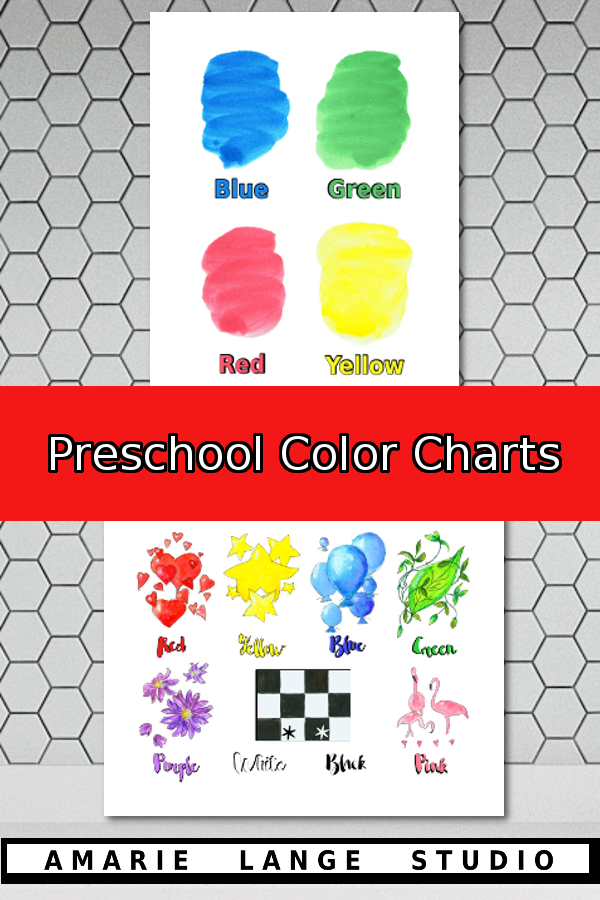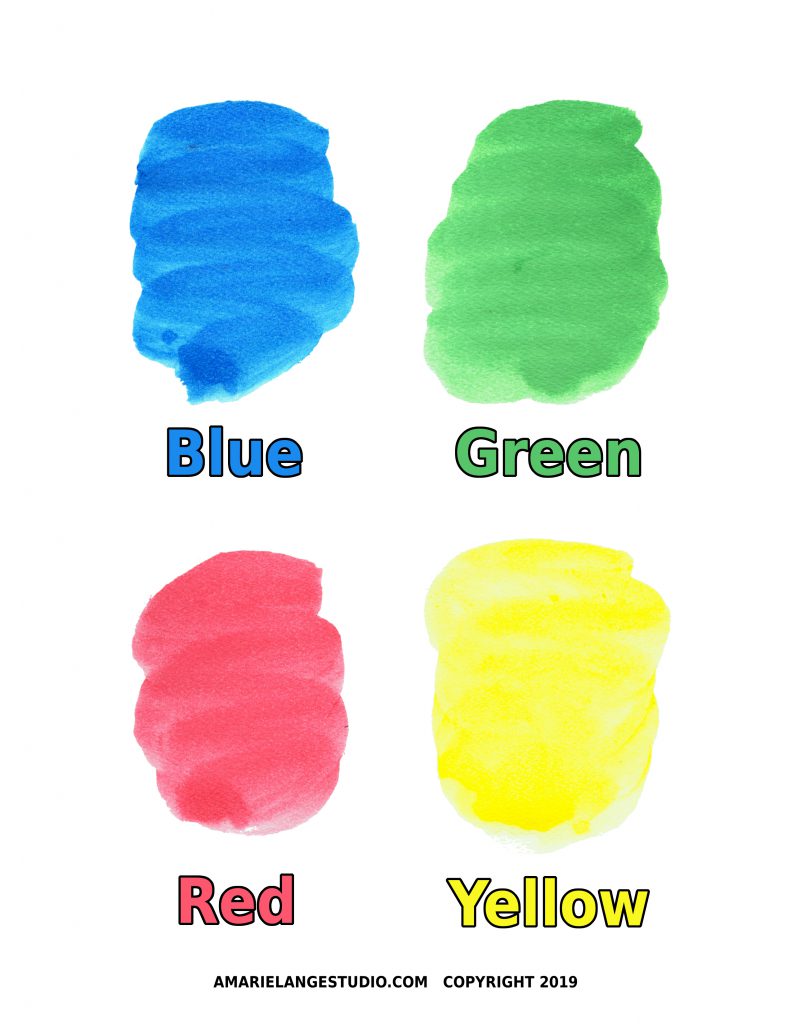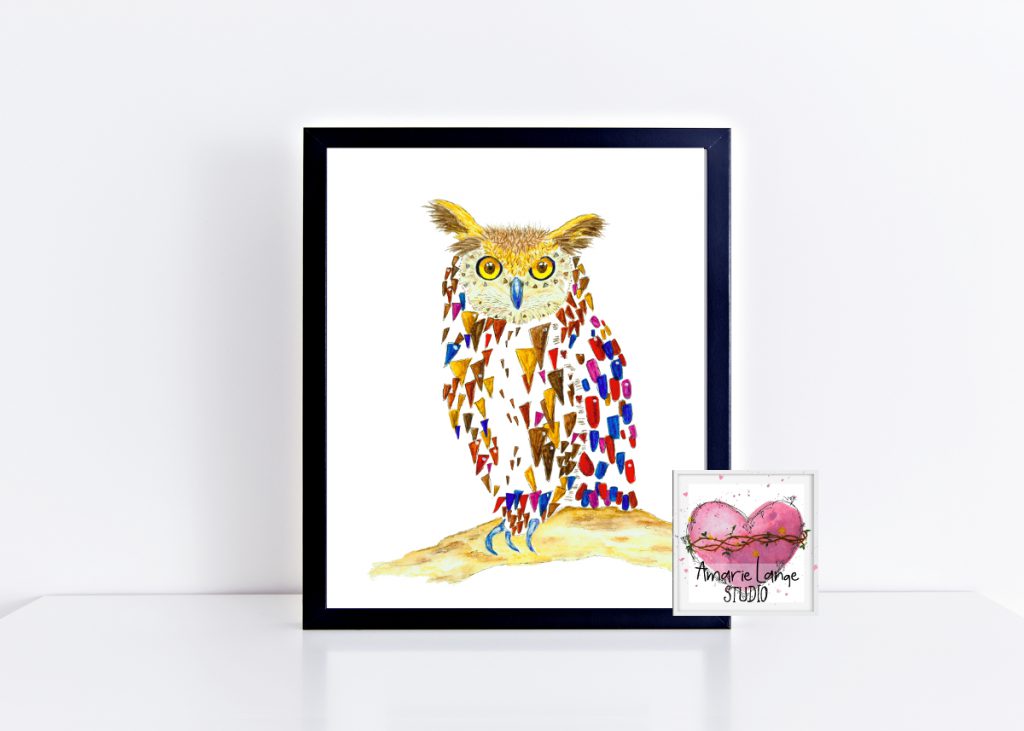Color Education Really Matters
(Jump to the Preschool color charts.)

Preschool color charts can be a genuine help to your preschooler. But the color chart itself is only the beginning, of course. You’ll need a few preschool color activities to make the most of the chart.
Later on in this post you’ll find 2 preschool color charts. First, however, as a mom and a designer, I know there are a few developmental ideas to share that will help you as you watch your own preschooler learn his or her colors.
- What age should my child be able to recognize colors?
- How do children learn colors?
- What colors should preschoolers know?
- Does color affect how your child learns?
These are often asked questions in the pursuit of color education. Maybe you’ve even asked 1 or 2 of them yourself.
Let’s take a look at some answers and then I’ll show you a couple of preschool color charts you can download for yourself.
What Age Should My Child Be Able to Recognize Colors?
“Your child’s ability to recognize different colors heats up at around 18 months, the same time he begins to notice similarities and differences in shape, size, and texture. But it will be a while longer before he’s able to name the colors; most children can name at least one color by age 3.”
Babycenter.com
This good article at Babycenter.com gives parents a basic understanding of toddler color recognition. The important thing to remember is that children love discovering colors – and telling you about it – so give a lot of opportunities to do just that.
Besides preschool color charts, how do children learn colors?
Make it a game to point out everyday objects to your preschooler and discuss the item’s color. We used to say “white like milk”, “red like ketchup”, “green like grass” and so on to help our kiddos grab a hold of the beginnings of color identification.
Remember to take color education at your child’s own pace. Color understanding is an abstract concept and is therefore more advanced. This is why hanging a preschool color chart in your child’s bedroom or play space where you can refer to it daily can really help solidify these concepts.
What Colors Should Preschoolers Know?
According to Educatall:
- Around 2 years of age, children can name 1-2 colors (often their favorite ones).
- Between 3 and 4 years of age, children can sort objects per their color.
- Between 3 and 4 years of age, children can name primary colors.
- Around 4 years of age, they can name more complex colors.
- Around 5 years of age, they begin to understand how each color can exist in a variety of shades (dark and light colors), but this concept can sometimes be difficult to grasp.
Your preschooler needs to know the basic colors: yellow, orange, red, pink, purple, blue, green, brown, black and white, so start with these and build from there.
Activities for Preschool Color Charts
The first preschool printable is free for you to download right now. Just click on the download button with the graphic.

Download this simple free chart here
When your little one is just beginning to learn colors, keep things simple for him. Try a few of these preschool color activities:
Comparing between the red apple and the green apple helps a child key in on the idea that you’re talking about something other than just the apple itself.
Amarie Lange Studio
- Line up 10 crayons on a table and ask your child to pick his favorite. Then use the crayon while saying the color at the same time. Find a couple of other items that are the same color and compare with the crayon.
- Comparing colors between similar items can really help a child get the idea.
- Stick with the primary colors (red, blue, green and yellow) until those make sense to your child. At the very least, stay away from shades of colors (Fuschia will come later!).
- Colored blocks or Duplos are great for teaching color to children. Make a pile of the blocks and help your toddler sort according to color. You may find your little person already has a preference to their sorting techniques; for example, she may like sorting according to size or shape more than color. That’s fine! You’re watching your child’s brain in action and color is only one piece of the picture.
- Use a rainbow to point out colors. This also helps kids see how colors relate to one another as the color pallet shifts naturally from red to violet.
- Print out the postcard-sized colors your child is working on and laminate. Attach to a ring or tie them together so your little sweetie can carry his colors with him.
- And, as we’ve discussed above, keep a preschool color chart handy to point to often.
Don’t forget to be patient. Color education takes time. A preschooler is learning so very much each and every day. Let him make “mistakes” and have fun learning from them!
Does Color Affect How Preschoolers Learn?
In a word, yes. Color generally affects how we all learn. As a parent, I can stick up a chore chart on a wall with plain text or I can encourage the learning process to happen by adding color and artwork. The latter almost always works better no matter what you’re trying to teach.
Graphics and the choice of color can be stimulating or overwhelming so don’t just add crazy colors everywhere and expect that to do the job! Give some thought about the message you want to convey to your child and what you’re helping him to understand. Then use color accordingly.
Every day is an opportunity to pursue color. Preschooler color charts are just 1 easy way to help your toddler or preschooler focus on the color in their life.
What’s the next step in teaching your preschooler about art and color?
Preschoolers also love learning to draw. Take a look at how I designed and drew this whimsical owl. And download an owl sketch your preschooler can trace over and color.

